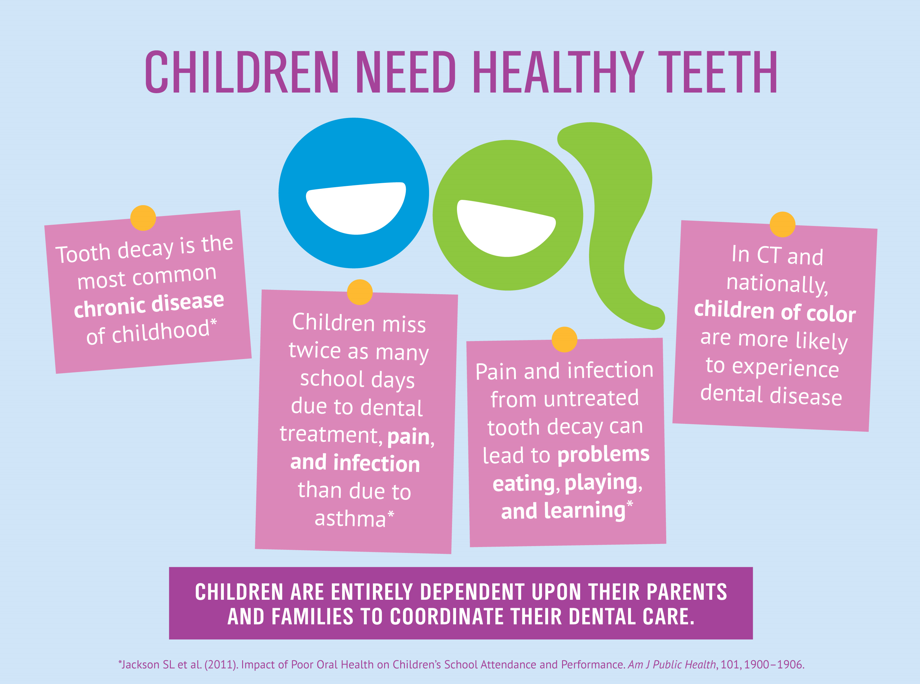The Next Period Of Oral Surgery: Innovation Innovations And Dopes Reshaping The Specialty
The Next Period Of Oral Surgery: Innovation Innovations And Dopes Reshaping The Specialty
Blog Article
Authored By-Borg Mccall
Welcome to the world of oral surgery, where developments and advancements are shaping the future of the area! In this amazing world, you'll witness the transformative power of robotics, the cutting-edge marvel of 3D printing, and the game-changing effect of minimally invasive techniques.
The future of oral surgery holds an assurance of precision, performance, and improved client outcomes. With the help of sophisticated robotics, specialists have the ability to do intricate treatments with better accuracy and control.
3D printing technology is transforming the creation of dental implants and prosthetics, supplying tailored remedies that fit flawlessly into each patient's unique anatomy.
Furthermore, minimally invasive techniques are decreasing post-operative pain and healing time, allowing individuals to go back to their daily lives quicker.
Prepare to explore the interesting advancements and breakthroughs that are reshaping the landscape of oral surgery!
Advancements in Robotics
One major advancement in oral surgery is the use of robot modern technology, which allows for exact and reliable operations. With https://www.globenewswire.com/en/news-release/2023/03/22/2632399/0/en/Dental-Implants-Market-Size-to-Hit-USD-7-14-Billion-by-2030-at-7-3-CAGR-Report-by-Market-Research-Future-MRFR.html of robotic systems, oral doctors have the ability to execute complicated surgeries with boosted accuracy, decreasing the risk of human mistake.
These robot systems are equipped with innovative imaging innovation and exact instruments that enable surgeons to navigate with complex anatomical structures effortlessly. By making use of robotic modern technology, specialists can achieve greater surgical accuracy, causing improved patient end results and faster recovery times.
On top of that, making use of robotics in dental surgery allows for minimally invasive procedures, reducing the injury to surrounding tissues and advertising faster recovery.
3D Printing in Dental Surgery
To improve the area of oral surgery, you can discover the subtopic of 3D printing in dental surgery. This ingenious technology has the possible to change the means oral doctors operate and deal with people. Right here are four crucial methods which 3D printing is shaping the area:
- ** Customized Surgical Guides **: 3D printing enables the production of highly accurate and patient-specific medical overviews, enhancing the accuracy and effectiveness of procedures.
- ** Implant Prosthetics **: With 3D printing, dental specialists can develop customized implant prosthetics that perfectly fit an individual's one-of-a-kind composition, leading to much better results and individual satisfaction.
- ** Bone Grafting **: 3D printing makes it possible for the manufacturing of patient-specific bone grafts, lowering the requirement for typical implanting techniques and boosting healing and healing time.
- ** Education and learning and Training **: 3D printing can be utilized to produce reasonable surgical versions for educational purposes, permitting dental surgeons to practice complicated procedures before performing them on people.
With https://veneers-for-crooked-teeth73940.is-blog.com/39479384/just-how-to-plan-for-your-oral-implant-assessment-a-checklist to enhance precision, customization, and training, 3D printing is an exciting advancement in the field of dental surgery.
Minimally Invasive Strategies
To better progress the area of oral surgery, accept the potential of minimally invasive methods that can greatly benefit both cosmetic surgeons and patients alike.
Minimally invasive strategies are transforming the field by decreasing medical trauma, lessening post-operative pain, and accelerating the healing process. These techniques involve using smaller cuts and specialized tools to do treatments with precision and efficiency.
By using sophisticated imaging technology, such as cone beam of light calculated tomography (CBCT), surgeons can precisely plan and implement surgeries with marginal invasiveness.
In addition, using lasers in dental surgery allows for exact cells cutting and coagulation, causing decreased blood loss and minimized recovery time.
With minimally invasive techniques, people can experience faster healing, lowered scarring, and enhanced results, making it a necessary element of the future of dental surgery.
Final thought
So, as you can see, the future of dental surgery is exceptionally encouraging, with interesting technologies and developments forming the field.
From the advancements in robotics to making use of 3D printing and minimally intrusive strategies, oral doctors are changing the way they offer care.
While some may worry about the prospective cost related to these innovations, it is necessary to bear in mind that these technologies eventually boost client end results and minimize recovery time, making them well worth the investment in the long run.
